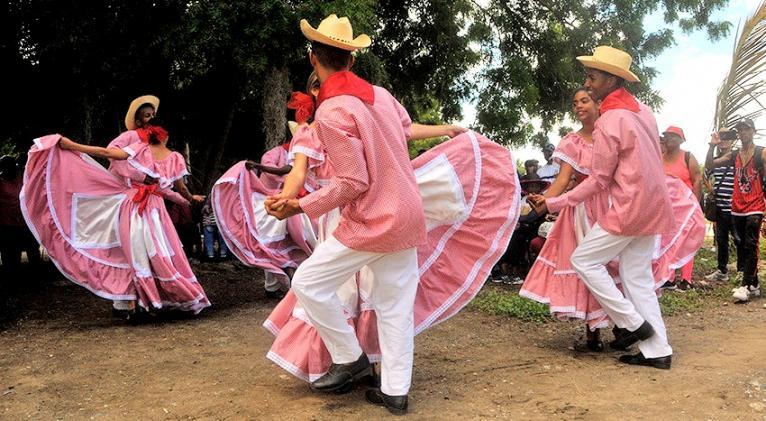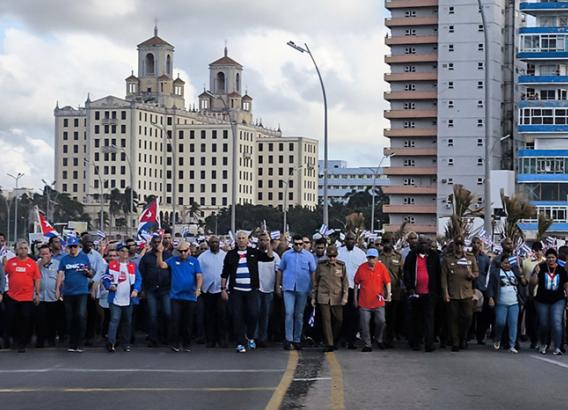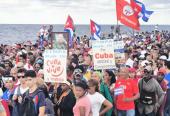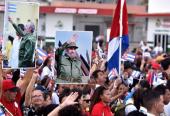CRITICAL ZONE: Art and Traditions of the Cuban Countryside
especiales

Beyond the ongoing debate over whether we should rescue, revitalize, or safeguard the cultural traditions of the Cuban countryside—there is active discussion about the most effective approach to this legacy—the essential point is to understand their decisive role in shaping national identity. These practices, heirs to a rich cultural matrix with Hispanic, African, and Caribbean influences, form part of Cuba’s living heritage and require conscious support to ensure their relevance in contemporary contexts. What matters most is not the specific term used, but the will to protect and promote foundational expressions that define the nation in many ways.
Cultural globalization has reached rural areas as well, and although its effects are not necessarily negative, they do pose the risk of displacing authentic traditions. Even the décima, in all its forms—a longstanding cultural stronghold—is not immune to these vulnerabilities. This underscores the importance of cultural institutions being involved in these processes, not through a paternalistic lens or as a museum-style preservation effort, but through close dialogue with communities, with the understanding that all cultures change and evolve.
Events like the Jornada Cucalambeana in Las Tunas are vital as platforms for visibility and cultural reaffirmation, even in times of scarcity. However, they should avoid becoming staged performances disconnected from the actual life of rural people. Substance must take precedence over form: what should prevail is the authentic cultural movement that thrives in everyday life, in the living practice of traditions, and in the commitment of those who uphold them in their local settings.
Preserving rural culture is not the sole responsibility of experts or institutions. It is a collective duty that involves promoters, artists, and, above all, the communities themselves. Rural heritage is not confined to the countryside—it transcends geography and is also recognized in urban areas, where these expressions find audiences and new meaning. Defending them is to safeguard an essential part of Cuban culture.
Translated by Sergio A. Paneque Díaz / CubaSí Translated Staff














Add new comment